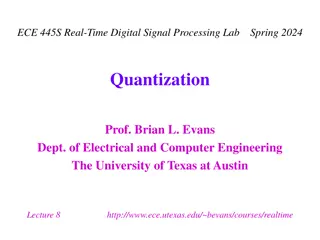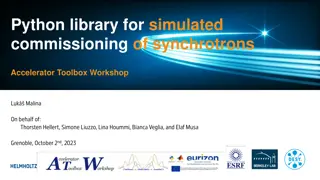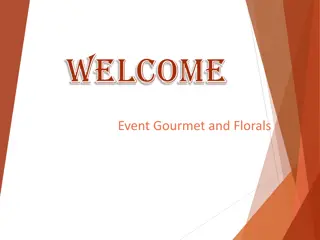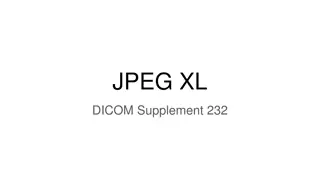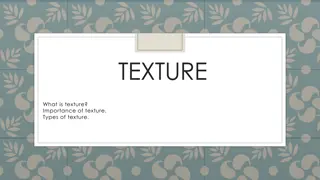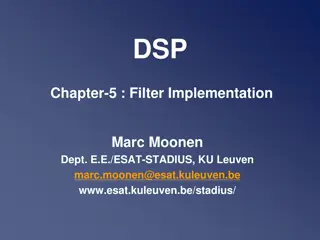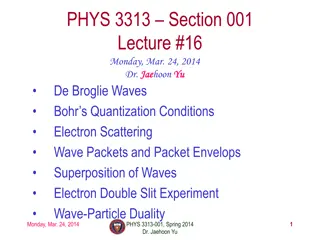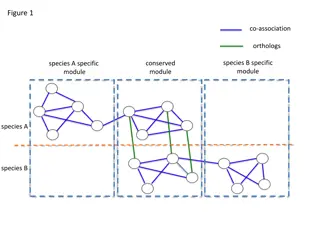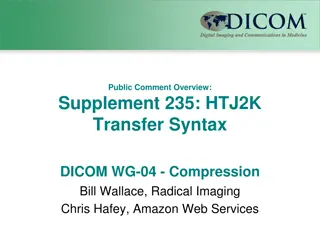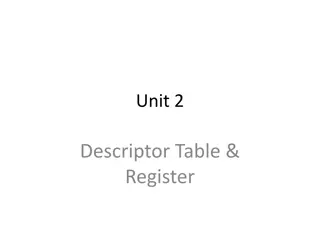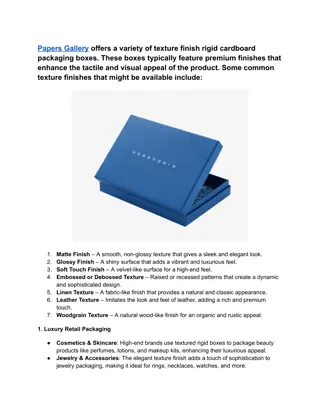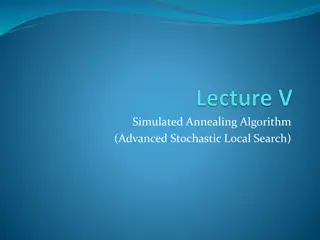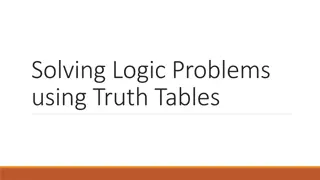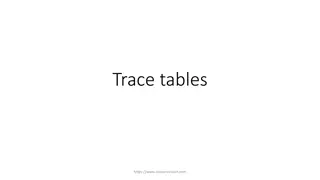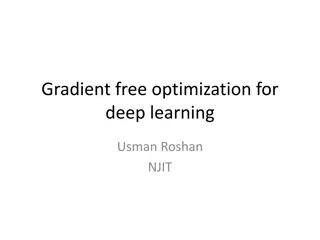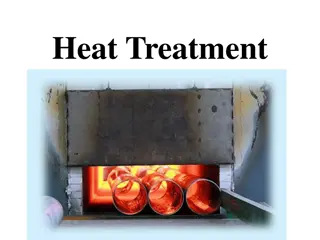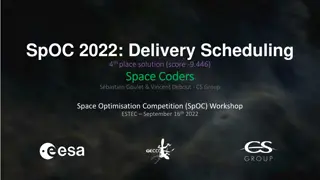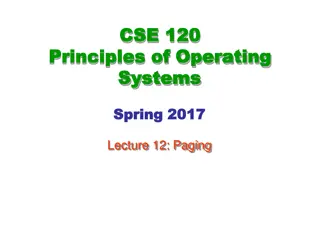Optimizing JPEG Quantization Tables Using Simulated Annealing on Texture Images
Optimization of JPEG quantization tables is a challenging task due to the vast solution space and lack of reliable quality measurement. This paper introduces a method that combines texture mosaic images and simulated annealing to find an optimal quantization table. The framework involves texture clustering, training, and prediction using pre-trained networks, as well as annealing on texture mosaic images to achieve the desired quality targets. The fusion of optimized quantization tables based on texture distribution enhances the overall image compression process.
Uploaded on Sep 20, 2024 | 1 Views
Download Presentation

Please find below an Image/Link to download the presentation.
The content on the website is provided AS IS for your information and personal use only. It may not be sold, licensed, or shared on other websites without obtaining consent from the author.If you encounter any issues during the download, it is possible that the publisher has removed the file from their server.
You are allowed to download the files provided on this website for personal or commercial use, subject to the condition that they are used lawfully. All files are the property of their respective owners.
The content on the website is provided AS IS for your information and personal use only. It may not be sold, licensed, or shared on other websites without obtaining consent from the author.
E N D
Presentation Transcript
JQF: Optimal JPEG Quantization Table Fusion by Simulated Annealing on Texture Images and Predicting Textures Chen-Hsiu Huang and Ja-Ling Wu Dept. CSIE, CMLab, DSP Group National Taiwan University 2021 Data Compression Conference
Agenda Motivation Proposed JQF Framework Texture training and mosaic image annealing flow Texture prediction and quantization table fusion flow Experimental Results Conclusion
The JPEG Coding Flow Entropy encode Entropy decode de-Quantize bitstream Quantize IDCT DCT Quality scaling factor X
Motivation It s challenging to find an optimal JPEG quantization table due to the numerous solution space and lack of reliable quality measurement that accurately model the HVS We try to solve the dilemma of balancing between computational cost [12] and image specific optimality [11] by introducing a new concept of texture mosaic images [11] Hopkins, Max, Mitzenmacher, Michael, Wagner-Carena, Sebastian: Simulated annealing for jpeg quantization , arXiv preprint arXiv:1709.00649 , 2017 [12] Alakuijala, Jyrki, Obryk, Robert, Stoliarchuk, Ostap, Szabadka, Zoltan, Vandevenne, Lode, Wassenberg, Jan: Guetzli: Perceptually guided jpeg encoder , arXiv preprint arXiv:1703.04421 , 2017
Texture Clustering, Training, and Prediction We crop the training images into 64x64 patches and use the VGG-16 pre-trained network to extract the bottleneck features from texture patches The K-Means algorithm is used to cluster textures into 100 categories on the RAISE dataset. Then we use the clustered label to train a CNN-based texture classification network, resulting in top-3 testing accuracy around 99.77%. For prediction, we crop the input image into 64x64 patches, then execute the forward pass to obtain each patch's texture id, forming a texture distribution of the input image
Annealing on Texture Mosaic Images The cropped image patches are stitched into texture mosaic images It's unrealistic to enumerate the whole table space for an optimal solution and likely to be trapped in local minimum We use simulated annealing to optimize the JPEG default luminance quantization table on the texture mosaic images with quality target Q=50 and 95 We anneal 2000 iterations on each texture mosaic image to obtain the optimized texture quantization table* Finally we fuse textual quantization tables with weighted average based on texture distribution * See detailed annealing process at the full text: https://arxiv.org/abs/2008.05672
Experimental Results * Our code for quantization table fusion is available at: https://github.com/chenhsiu48/JQF
Conclusion We propose a novel JPEG Quantization Table Fusion method using simulated annealing on texture mosaic images to search for an optimal quantization table for each texture category. A VGG-16 pre-trained CNN model is used to learn those texture features and predict the input image's texture distribution, then fuse optimal texture tables to come out an image specific optimal quantization table. Our method shows superior performance on a larger consumer photo dataset and generalizes well on cross-database evaluation. Our experiment shows a size reduction of 23.5% over the JPEG standard table with a slightly FSIM decrease but visually unperceivable. The per-image optimality for JPEG encoding is achieved with less than one second additional timing cost.


